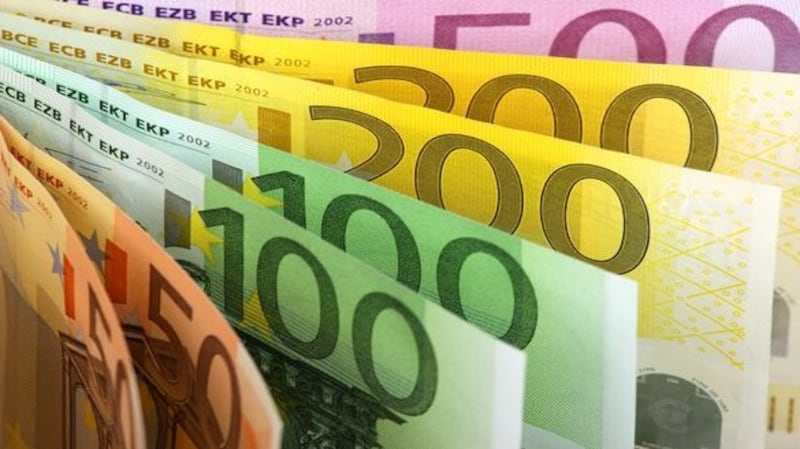The arrival of a small group of non-bank lenders into the Irish mortgage market in the past few years has been welcome for purchasers and savvy refinancers alike. Especially as Ulster Bank and KBC Bank Ireland are exiting the market.
Finance Ireland launched the first 20-year fixed mortgage in the State early last year – twice the duration of the longest fixed loan at the time. Avant Money entered mortgage lending months earlier with a market-beating rate below 2 per cent, albeit for homes with high levels of equity.
And let's not forget ICS Mortgages, acquired by Dilosk from Bank of Ireland after the financial crisis, which got into the owner-occupier space in late 2019 with the lowest variable rate here at the time.

All three have followed their initial forays with further deals in a market where borrowers, for various reasons, still pay rates that are way over the odds compared European norms. In January, the average new Irish mortgage rate was 2.76 per cent, more than double the euro-area average, according to Central Bank of Ireland data.
Davy analyst Diarmaid Sheridan estimates that the non-bank lenders have increased their share of new lending from 5 per cent in 2020 to 14 per cent last year – at a time when the combined shares of Ulster Bank and KBC fell 10 points to 14.5 per cent.
ECB rate
However, ICS’s move on Monday to increase borrowing costs across its fixed-rates offering by 0.2-0.45 percentage points was a surprise to the market, which had been expecting pricing to continue to decline over the course of the year. The European Central Bank’s (ECB) main rate hasn’t budged from zero for the past six years.
But financial markets are increasingly pricing in ECB rate hikes from the second half of this year – with the bank primarily concerned about the effect of war in Ukraine on inflation, not economic growth. As non-bank lenders ultimately fund themselves in the market, they are most exposed to rising market rates.
The mainstream banks, on the other hand, are mainly funded these days by customer deposits which you can be sure will remain at zero – or below – long after the ECB starts hiking rates again.















